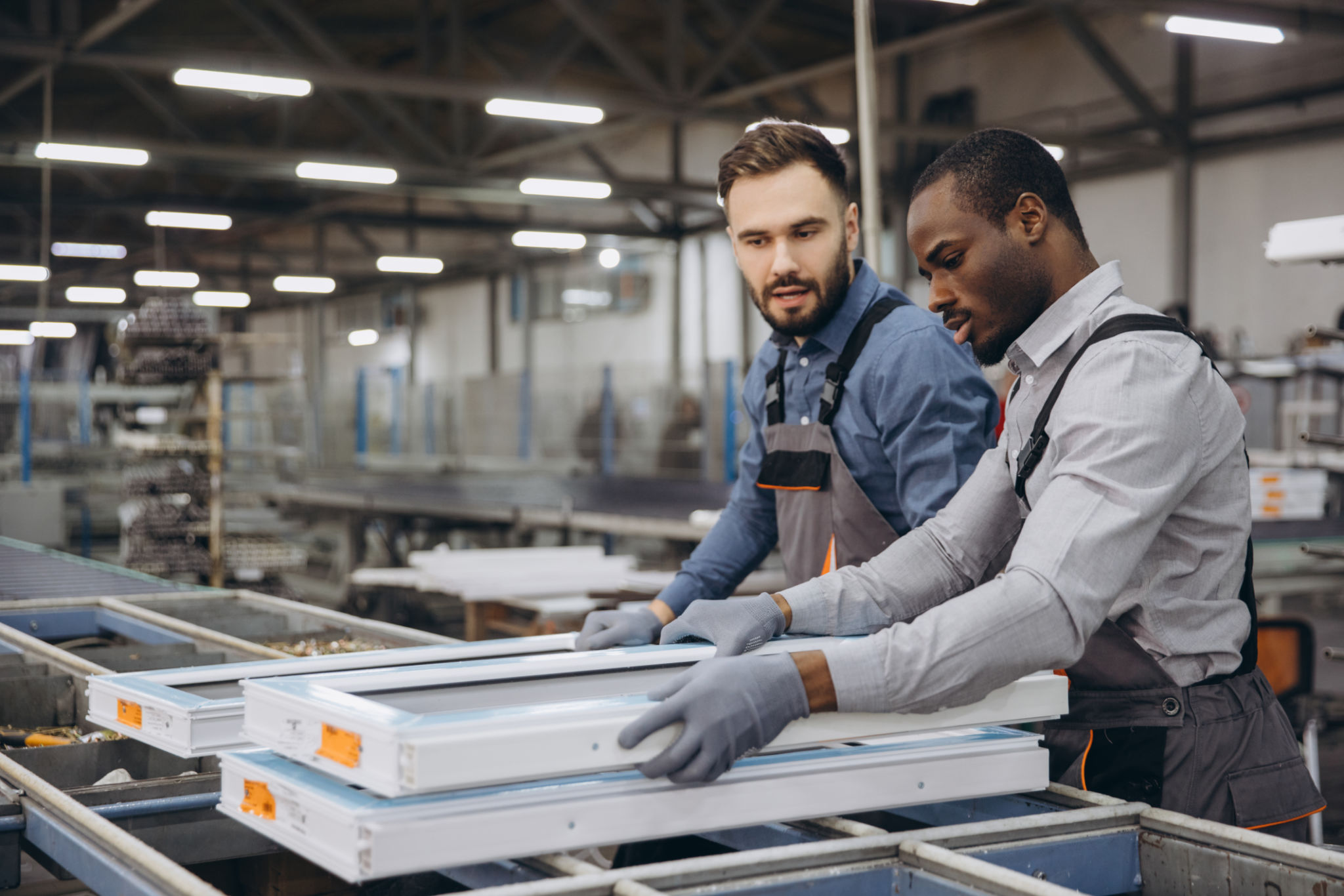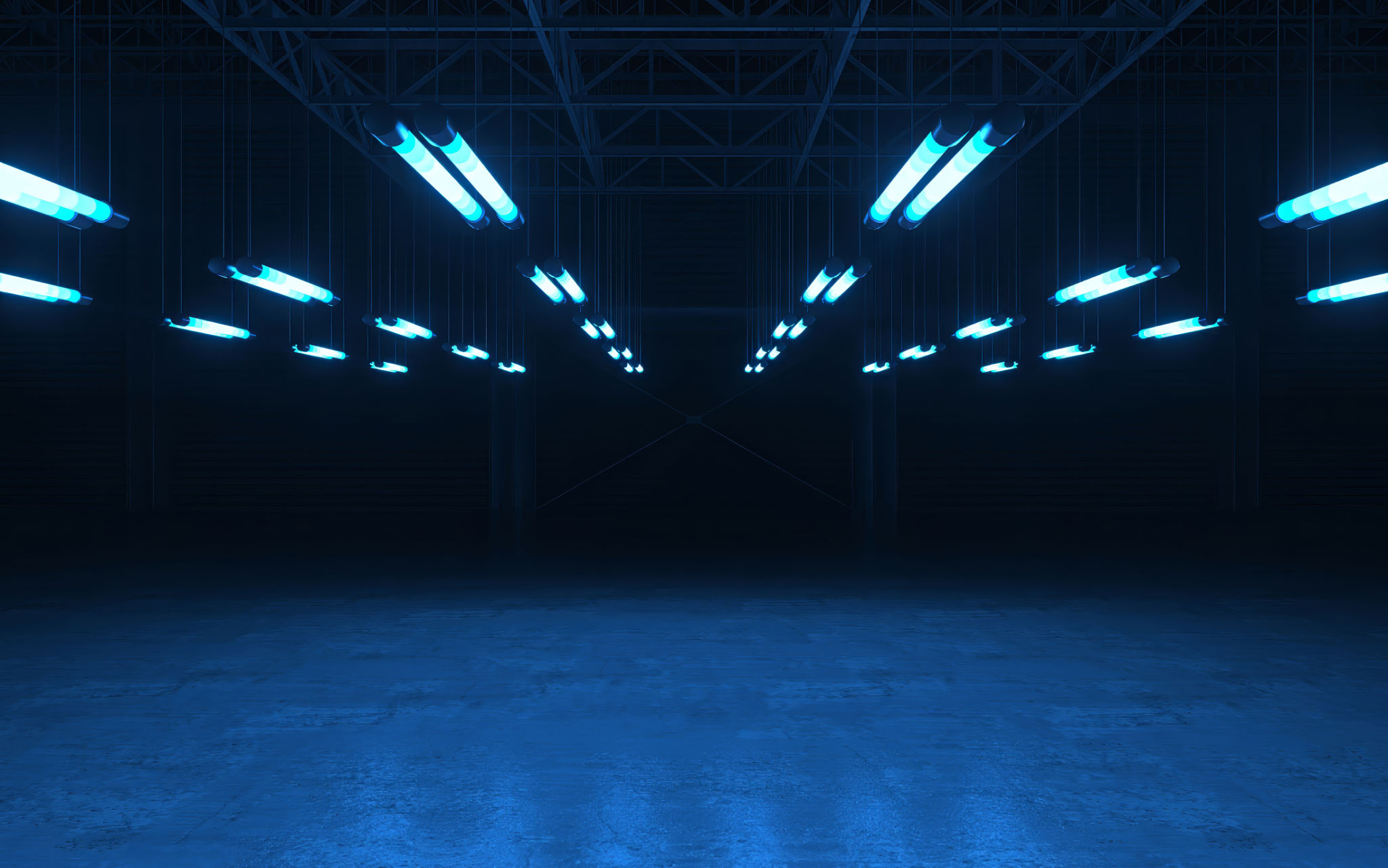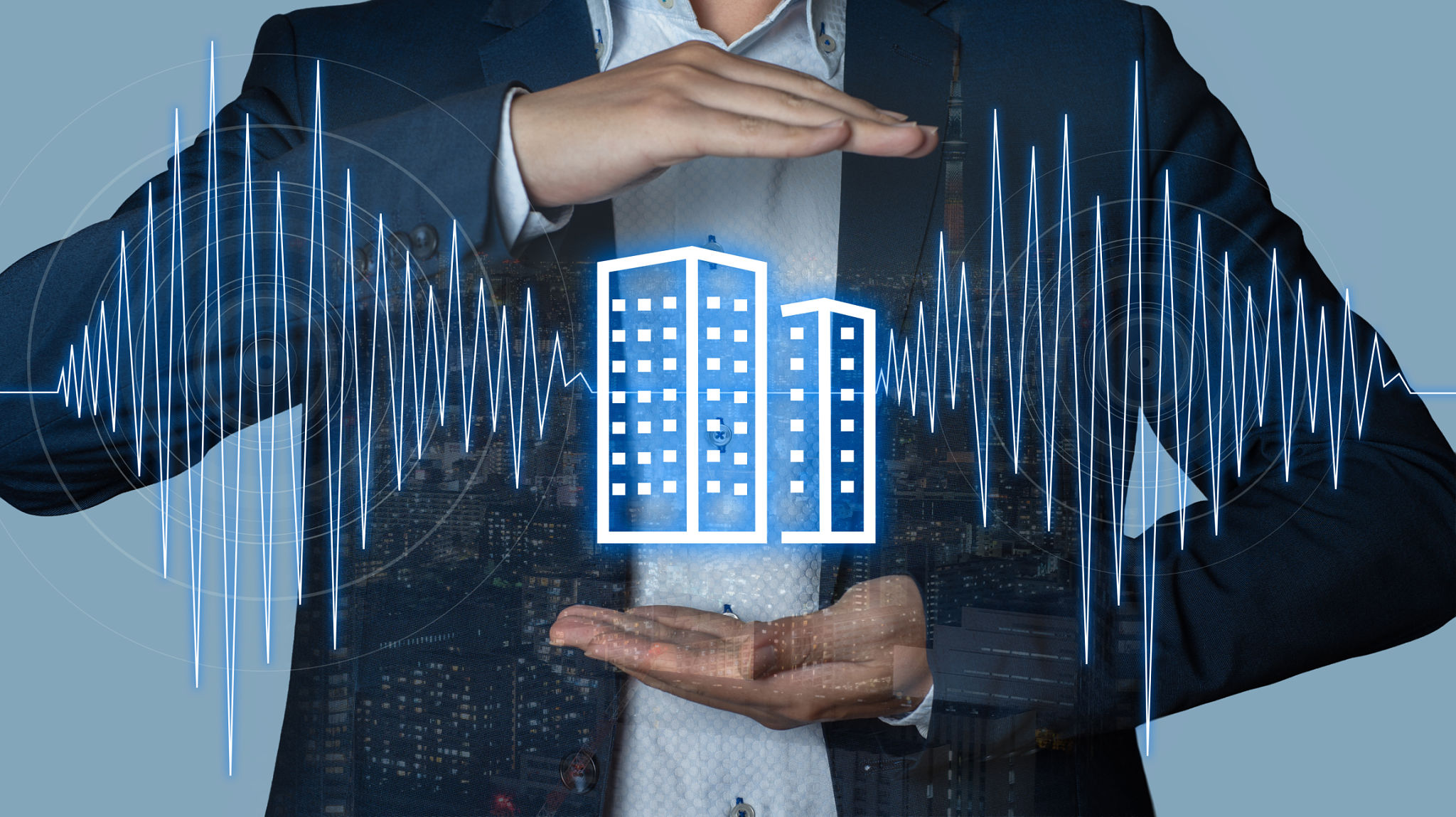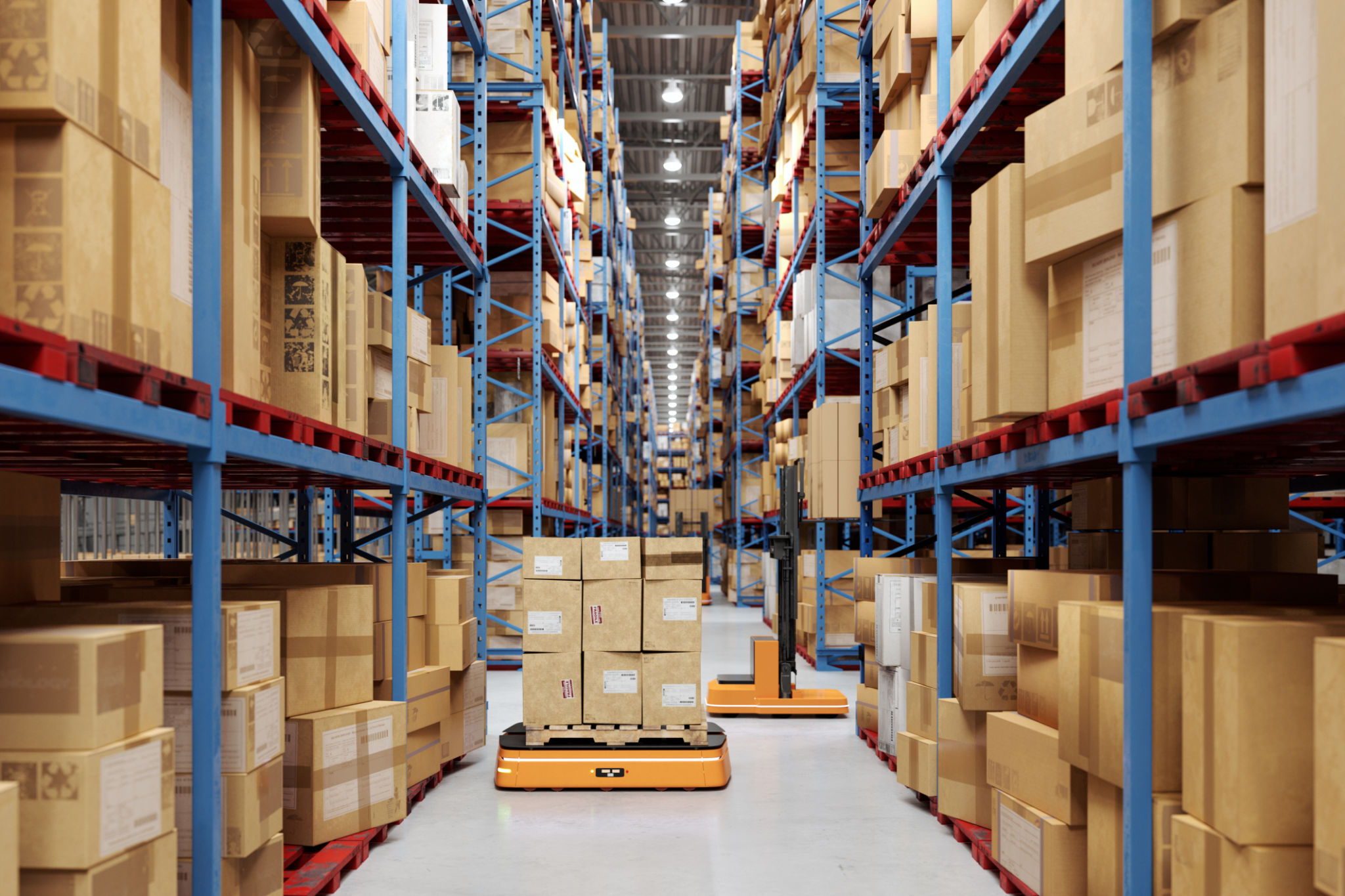Exploring Warehouse Trends: The Shift Towards Minimal and Industrial Designs
The Rise of Minimal and Industrial Designs
In recent years, there has been a significant shift in warehouse design trends, moving towards minimal and industrial aesthetics. These modern design elements are not only visually striking but also highly functional, catering to the evolving needs of businesses and consumers alike. As more industries recognize the benefits of these styles, their popularity continues to grow.
The minimal design approach emphasizes simplicity and functionality, removing unnecessary elements to create clean and efficient spaces. This style often features neutral color palettes, open floor plans, and a focus on natural light. On the other hand, industrial design draws inspiration from old factories and industrial spaces, incorporating raw materials like metal, wood, and concrete to achieve a rugged, utilitarian look.

Benefits of Minimal and Industrial Designs
The shift towards these design trends is largely driven by their numerous advantages. Firstly, minimal and industrial designs offer cost-effective solutions for warehouse construction and renovation. By using readily available materials and reducing decorative elements, businesses can save on both initial investment and ongoing maintenance costs.
Additionally, these designs enhance operational efficiency. The open layouts common in minimal and industrial spaces facilitate better workflow and improve communication between team members. With fewer obstacles and more room to maneuver, employees can move products more easily, increasing productivity.

Creating Flexible Spaces
Another key benefit of adopting minimal and industrial designs is the creation of adaptable spaces that can easily accommodate changing business needs. The open-plan nature of these designs allows for quick reconfiguration, making it easier for businesses to scale operations or repurpose space as needed.
This flexibility is particularly advantageous in industries with fluctuating demands or seasonal changes. By investing in a design that supports easy modifications, companies can better respond to market shifts without the need for significant structural changes.

Sustainability and Environmental Impact
Sustainability is a growing concern for many businesses, and minimal and industrial designs align well with eco-friendly practices. By prioritizing the use of recycled and locally sourced materials, these designs can reduce a building's carbon footprint. Additionally, the emphasis on maximizing natural light helps decrease reliance on artificial lighting, leading to lower energy consumption.
Many companies are also incorporating green technologies into their warehouse designs, such as solar panels or energy-efficient HVAC systems, further enhancing sustainability efforts. This holistic approach not only benefits the environment but can also provide long-term cost savings through reduced utility bills.
Incorporating Modern Technology
The integration of modern technology is another important aspect of contemporary warehouse design. Minimal and industrial spaces often feature smart systems that streamline operations and enhance safety. From automated inventory management systems to advanced climate control solutions, technology plays a crucial role in optimizing warehouse performance.
Moreover, with the rise of e-commerce and increased consumer expectations for fast delivery times, warehouses need to be equipped with the latest technological advancements to remain competitive. Adopting designs that support these innovations ensures that businesses can keep pace with industry demands.

The Future of Warehouse Design
As we look to the future, the trend towards minimal and industrial designs shows no signs of slowing down. These styles offer a perfect blend of aesthetic appeal and practical benefits, making them an ideal choice for modern warehouses. By embracing these trends, businesses can create efficient, sustainable, and adaptable spaces that meet the needs of today's fast-paced world.
Ultimately, the shift towards these design trends reflects broader changes in consumer preferences and industry practices. As businesses continue to evolve, adopting innovative design solutions will be key to staying ahead in an increasingly competitive market.